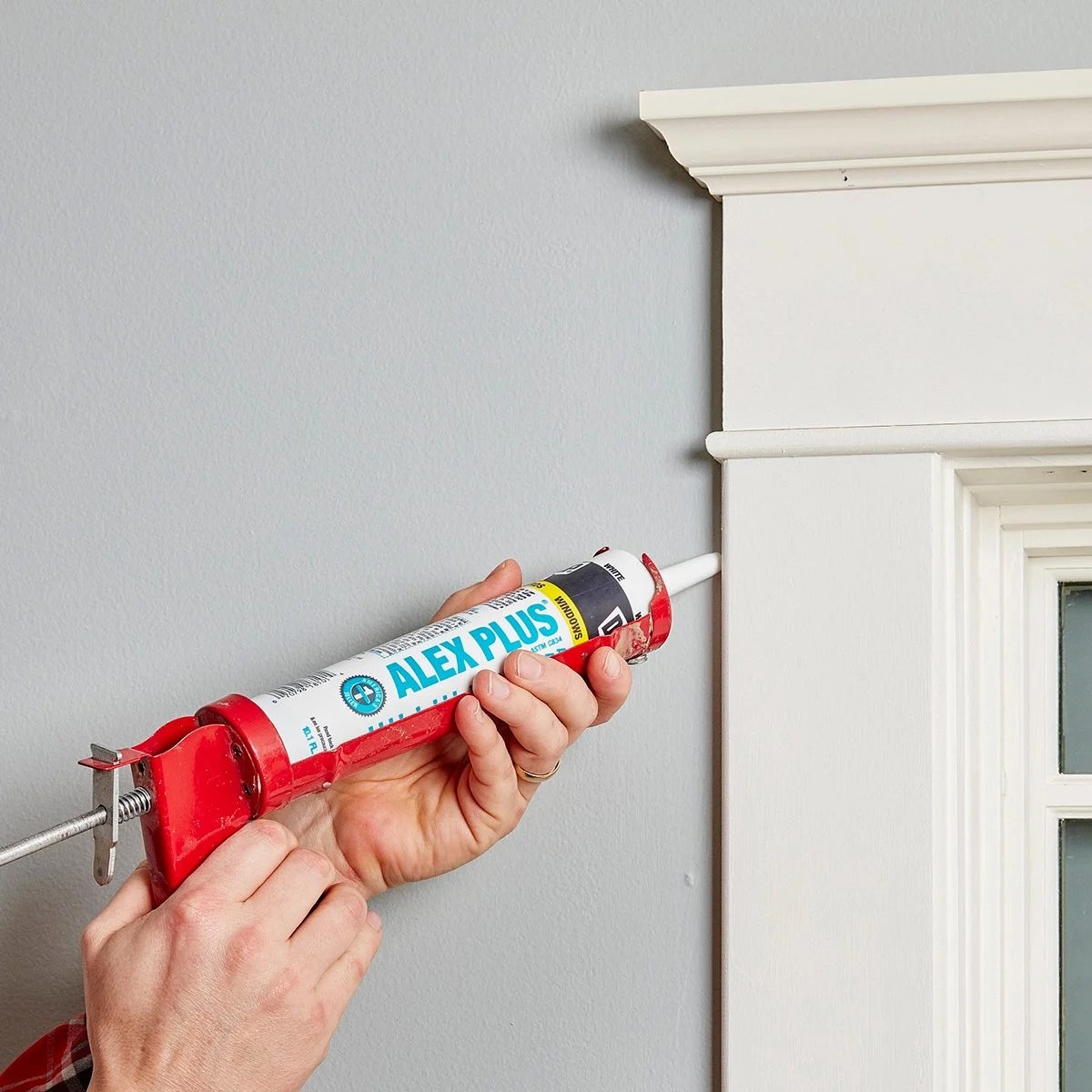Embark on a journey through the world of Shaker style interior doors, where simplicity and functionality intertwine to create a timeless elegance that transcends generations. These doors, rooted in the traditions of the Shaker community, have evolved to grace modern interiors, offering a harmonious blend of aesthetics and practicality.
From their origins in communal living spaces to their widespread adoption in contemporary homes, Shaker style doors have left an indelible mark on the world of interior design. Let’s delve into their history, design principles, and the enduring appeal that makes them a beloved choice for homeowners seeking both style and substance.
Shaker Style Interior Doors
Shaker style interior doors originated from the Shaker religious sect in the 18th and 19th centuries. Shakers believed in simplicity, functionality, and craftsmanship, which is reflected in their distinctive style of architecture and furnishings. Shaker doors are characterized by their clean lines, simple panels, and lack of ornamentation, emphasizing functionality and durability.
Historical Context
Shaker communities were established in the United States and England, and their architecture and furnishings, including doors, were influenced by their religious beliefs and communal lifestyle. Shaker doors were typically made of pine or maple wood, and their simple designs allowed for efficient production within the community’s workshops.
Key Features of Shaker Style Interior Doors
Shaker style interior doors are renowned for their simplicity, durability, and timeless elegance. Their construction embodies the core principles of the Shaker philosophy, emphasizing functionality, craftsmanship, and a harmonious balance between form and function.The hallmark of Shaker style doors lies in their understated yet refined design.
Typically, they feature a simple rectangular frame with a recessed panel. The dimensions and proportions of these doors are carefully considered to create a sense of harmony and balance within the interior space. They are often taller and narrower than standard doors, lending an air of elegance and sophistication to any room.Shaker
doors are typically constructed using solid wood, ensuring their durability and longevity. Dovetail joinery, a traditional technique that interlocks two pieces of wood with interlocking pins and tails, is commonly employed to reinforce the corners of the frame. This method provides exceptional strength and stability, ensuring that the door will withstand the rigors of everyday use for generations to come.The
recessed panel, a defining characteristic of Shaker style doors, is typically made from a single piece of wood. This panel is slightly recessed within the frame, creating a subtle shadow line that adds depth and interest to the door’s surface.
The panel’s thickness and proportions are carefully calculated to complement the overall dimensions of the door, resulting in a cohesive and visually appealing design.Shaker style doors are available in a variety of wood species, each offering its own unique character and grain pattern.
Pine, with its warm, golden hue and pronounced knots, is a popular choice for rustic and traditional interiors. Maple, known for its smooth, fine grain and durability, is a versatile option that complements both modern and classic styles. Cherry, with its rich, reddish-brown color and beautiful grain, exudes elegance and sophistication, making it an ideal choice for formal and luxurious spaces.
Design Elements and Hardware
Shaker style interior doors are known for their simplicity and functionality, with a focus on clean lines and unadorned surfaces. The doors typically feature raised panels, beadboard, and decorative molding, adding a touch of elegance to the otherwise simple design.
Raised Panels
Raised panels are a common feature of Shaker style doors, adding depth and dimension to the design. The panels are typically square or rectangular, with a slightly raised center section that creates a subtle shadow effect. Raised panels can be used on both the front and back of the door, providing a consistent look throughout.
Beadboard
Beadboard is another popular element used in Shaker style doors, consisting of narrow, vertical strips of wood that are joined together to create a textured surface. Beadboard adds a touch of rustic charm to the door, and can be used on the front or back of the door, or even on the interior panels.
Decorative Molding
Decorative molding can be used to add a touch of elegance to Shaker style doors, such as crown molding around the top of the door or base molding around the bottom. Molding can also be used to create decorative accents on the panels, such as rosettes or other shapes.
Hardware
The hardware used on Shaker style doors is typically simple and functional, such as wrought iron hinges and wooden knobs. Wrought iron hinges are strong and durable, and add a touch of rustic charm to the door. Wooden knobs are a classic choice for Shaker style doors, providing a comfortable grip and a warm, inviting look.
Shaker Style Interior Doors in Modern Interiors
Shaker style interior doors are gaining popularity in contemporary home design due to their timeless appeal and versatility. Their clean lines and simple design elements complement various interior styles, including modern farmhouse, rustic, and Scandinavian.
Modern Farmhouse Interiors
In modern farmhouse interiors, Shaker style doors add a touch of rustic charm while maintaining a clean and modern aesthetic. Their neutral color palette and raised panels complement exposed beams, shiplap walls, and distressed furniture, creating a cozy and inviting atmosphere.
Rustic Interiors
For rustic interiors, Shaker style doors provide a subtle yet sophisticated touch. Their distressed finish and warm tones harmonize with natural materials such as wood, stone, and leather, evoking a sense of warmth and authenticity.
Scandinavian Interiors
In Scandinavian interiors, Shaker style doors embody the principles of simplicity, functionality, and natural materials. Their crisp white finish and minimalist design seamlessly integrate with light-filled spaces, creating a serene and inviting ambiance.
Benefits and Drawbacks of Shaker Style Interior Doors
Shaker style interior doors offer a timeless aesthetic and versatility that make them a popular choice for many homes. However, it’s essential to weigh the advantages and drawbacks before making a decision.
Advantages of Shaker Style Doors
- Durability:Shaker style doors are constructed with solid wood frames and sturdy panels, ensuring longevity and resistance to wear and tear.
- Versatility:Their simple and classic design complements various interior styles, from traditional to contemporary.
- Timeless Appeal:Shaker style doors have stood the test of time, retaining their popularity for centuries.
Drawbacks of Shaker Style Doors
- Cost:Shaker style doors can be more expensive than other types of doors due to their solid construction and craftsmanship.
- Maintenance:Regular cleaning and occasional refinishing are necessary to maintain their pristine condition.
Overall, Shaker style interior doors offer a balance of advantages and drawbacks. Their durability, versatility, and timeless appeal make them a worthwhile investment for many homeowners, while their cost and maintenance requirements should be carefully considered.
Comparison with Other Door Styles
Shaker style interior doors stand out from other door styles with their distinctive design and functionality. Let’s compare Shaker style doors with three popular alternatives: paneled doors, louvered doors, and barn doors.
Paneled Doors
Paneled doors feature raised or recessed panels framed by stiles and rails. They share a similar simplicity with Shaker style doors but differ in ornamentation. Paneled doors often incorporate decorative moldings, carvings, or glass inserts, while Shaker style doors emphasize clean lines and minimal embellishments.
Louvered Doors
Louvered doors consist of horizontal or vertical slats that allow for airflow and privacy. They are commonly used in areas requiring ventilation, such as closets or pantries. Unlike Shaker style doors, louvered doors do not provide complete visual privacy due to the gaps between the slats.
Barn Doors
Barn doors are characterized by their large, rustic appearance and sliding mechanism. They are typically made from reclaimed wood or metal and can add a touch of industrial charm to any space. Unlike Shaker style doors, barn doors require more space to operate and may not be suitable for all room layouts.
Summary Table, Shaker style interior doors
| Feature | Shaker Style Doors | Paneled Doors | Louvered Doors | Barn Doors |
|---|---|---|---|---|
| Design | Simple, clean lines, recessed panels | Raised or recessed panels, decorative moldings | Horizontal or vertical slats | Large, rustic, sliding mechanism |
| Construction | Solid wood or engineered wood | Solid wood or engineered wood | Solid wood or engineered wood | Reclaimed wood or metal |
| Functionality | Privacy, sound insulation | Privacy, sound insulation, decorative | Ventilation, privacy | Space-saving, industrial aesthetic |
| Applications | Living rooms, bedrooms, kitchens | Formal living rooms, dining rooms | Closets, pantries, bathrooms | Industrial spaces, lofts, large rooms |
Closing Notes
As we conclude our exploration of Shaker style interior doors, it becomes evident that their charm lies in their ability to transcend time and trends. Whether adorning historic Shaker buildings or gracing modern homes, these doors embody a timeless aesthetic that celebrates simplicity, functionality, and the enduring beauty of natural materials.
Their versatility allows them to seamlessly blend into a wide range of interior styles, from cozy farmhouses to sleek Scandinavian retreats.
So, if you seek doors that not only enhance the beauty of your home but also reflect your values of simplicity and durability, consider the timeless appeal of Shaker style interior doors. They will undoubtedly become cherished elements of your living space, adding a touch of history and timeless elegance to every room they grace.
Expert Answers
What are the origins of Shaker style interior doors?
Shaker style interior doors originated in the 18th century within the Shaker community, a religious group known for their emphasis on simplicity and functionality.
What are the key design elements of Shaker style interior doors?
Shaker style interior doors are characterized by their clean lines, recessed panels, and the use of solid wood, often pine, maple, or cherry.
How can Shaker style interior doors be incorporated into modern interiors?
Shaker style interior doors can be seamlessly integrated into modern interiors by pairing them with contemporary hardware, such as sleek handles and hinges, and complementing them with modern furniture and decor.

